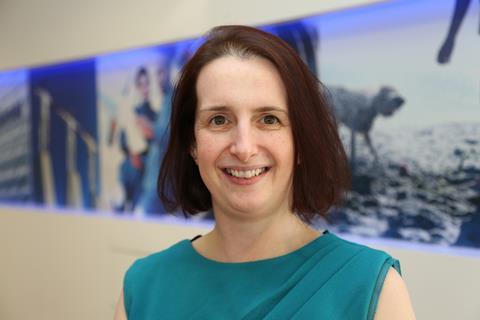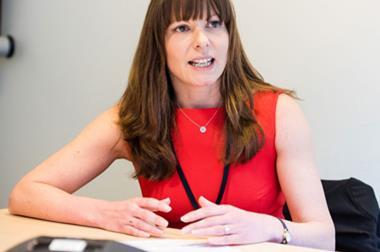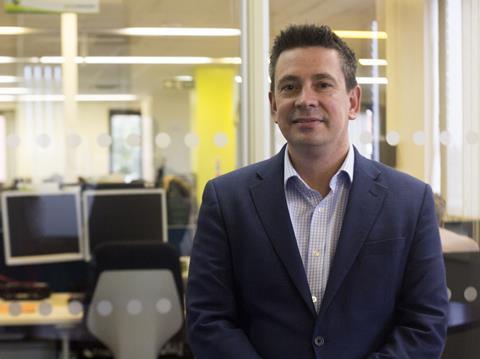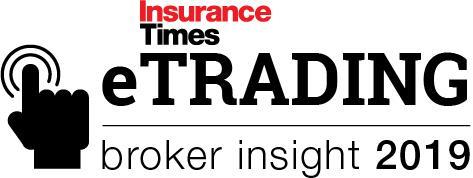With the Insurance Times eTrading Survey still open until Friday 12 April, we ask the experts what they think lies ahead for the world of eTrading
Julie Tongue, digital trading manager, Allianz
We expect the future of insurance purchasing behaviour to change. The insurance industry needs to recognise this and continue to adapt to meet customers’ needs and demands.

The volume of business traded electronically and the e-trade footprint will continue to increase, as brokers and insurers use technology as an enabler to trade more complex products and improve process efficiency.
The use of technology and data can reduce question sets and simplify the process of purchasing insurance, while continuing to ensure the needs of all parties are met, including customers.
Greater use of data will allow for better understanding of our customers, providing them with increased certainty in their moments of need.

Jaime Swindle, director of centralised and eTrading, NIG
Electronic trading goes far beyond transactional efficiency, electronic documents and self-serve. While these may have driven the first movers, they are the basics now.
With proactive utilisation of data we can improve risk selection, personalise cover and evolve our proposition to clients as our customers’ businesses evolve. This wealth of data also brings more sophisticated and relevant pricing for clients through unique insights into a customer’s business, supply chain and risk factors, as well as helping insurers deliver their own returns through better fraud detection and prevention.
A combination of data, analytics, efficient trading technology and good old-fashioned relationship management and insight not only gives us the agility to better serve our clients’ businesses but also future-proofs our own.

Jonathan Guard, director, Commercial Markets, Insurance, UK, LexisNexis Risk Solutions
One of the most transformative areas in e-trading is SME underwriting. Through the greater use of data to understand risk, we believe this market offers a huge growth opportunity to brokers.
In terms of personal insurance, 72% of small business owners buy online. However, there is unmet demand for digitised services in SME insurance.
Contributory databases and data enrichment at the point-of-quote have taken the understanding of risk to new levels in personal lines. Applying the same principles to SME insurance to support a speedier quotation process is the natural next step. By leveraging the broadest range of data from across the industry, insurance providers can gain a greater understanding of SME risk, both at an individual and a business level.

Ron Atkinson, distribution director, SSP
We want to make it as easy as possible for brokers to do business while improving operational efficiency and the adoption of e-trading is key to this.
Brokers are calling out for an integrated solution that cuts the amount of time re-keying information and offers the best rate to their customers through a competitive panel of insurers.
We have been working hard to make sure our customers’ e-trading journey meets their expectations. One of the new areas of functionality is the introduction of a live chat facility and we will be investing in more developments like this in the future.
The future is bright for e-trading. We see it becoming a requirement in the industry and we are primed to respond.

Adrian Ewington, underwriting & markets director, Home and Legacy
E-trading can bring a level of efficiency that allows insurance handlers – in all service areas – to focus on delivering added value for customers. For example, the use of more sophisticated databases will bring transactional efficiency.
In our world of high net worth insurance, if our systems could access validated, known information, such as type of property, year of build, number of bedrooms and bathrooms, far fewer questions would have to be asked. The focus could then be on the unknowns – the human factor – such as what art the customer has recently purchased or the wearing habits of their Patek Philippe watch collection.

Dave Greaves, head of SME, QBE Business Insurance
A wider range of products that are more flexible, deployed across all major software houses, with the ability to extend the capability for end customers to self-serve. Insurer extranets such as QBE FastFlow will still feature, but mainly for niche and specialist products.
I think there will be an increased focus on being able to quote and bind larger and more complex risks. A comprehensive referral service will be key to this with empowered underwriters.
Enhancements in data science will see external data being incorporated into traditional question sets. This will lead to partial population of risk information to provide a faster and better customer experience with more sophisticated risk analysis, which will, in turn, lead to better pricing.

Jon Walker, executive managing director, AXA Commercial
E-trading will continue to grow as a form of distribution, but its share of GWP remains relatively small today, with personal interaction between broker and insurer the predominant means of writing and renewing business.
Online is most effective in placing relatively straightforward risks: good products, data enrichment and transaction speed, backed by a strong claims service, make a compelling proposition compared to the more traditional way of underwriting.
Insurers should continue to develop their online propositions. That is what we’re doing at AXA because we can get good quality and value products to brokers and customers in an easier, more efficient way.

Carolyn Callan, head of SME & Schemes (Commercial & High Net Worth), Covéa Insurance
Broker appetite for e-trading is accelerating and increasingly it is being used for larger and more complex risks. E-trading is here to stay and we’ll see its further expansion across more complex lines of business as insurers and brokers continue to look for ways to drive efficiency and improve the customer experience.
We’ve recently introduced our e-Trade Commercial Combined product and rolled out a web chat function across all of our SME products.
This, combined with an experienced underwriting trading team and a timely response to referrals for smaller commercial combined cases means that brokers can obtain a quick decision from our underwriters, either by phone or using online chat, allowing them more time to focus on servicing their clients and growing their business.

Adrian Saunders, commercial director, Ecclesiastical
As a specialist insurer we see an increasing benefit in e-trading. In our view extranets will continue to have a place for specialist products, enabling us to present product solutions in niche areas. Software houses and online comparison portals provide generic product solutions satisfying broker demand for a broad range of clients. E-trading provides the opportunity to plug the gap for niche products.
Mike Crane, managing director, LV= Broker

In terms of etrading as a way of working, it already covers the vast majority of areas and that will only expand.
In terms of future development, we have an end-to-end cost challenge that says it needs to be the lowest cost possible, to give brokers and insurers the best opportunity to provide the best service and lowest prices to customers. How do you make it the lowest cost way of working?
Another challenge is how you work it with cases that don’t necessarily fit the standard mould. So etrading is good for standard risks but struggles when cases go outside that remit. Maybe with advancing technology, that will improve.
But in the broker market, it still requires closer work between brokers, insurers and software house to push that process forward and make it better. There are still ways in which it can be improved when it comes to the end-to-end reliability.
Source













































No comments yet